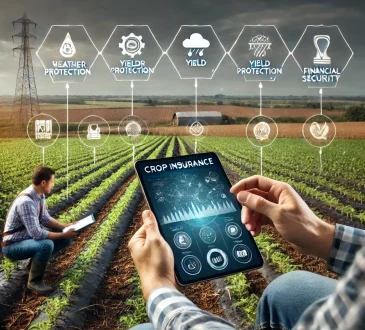
Sales forecasting is the backbone of any successful business, helping companies predict revenue, manage inventory, and make informed decisions. At TheTechnoTrick, we believe accurate forecasting can be a game-changer in your business strategy. Whether you’re a startup or an established brand, knowing what’s ahead gives you a competitive edge.
In this article, we’ll explore three powerful sales forecasting strategies that can help you maximize growth and avoid financial pitfalls.
Related:-
The Ultimate Guide to Warehouse Order Picking Secrets
How Custom Pens Can Elevate Your Corporate Gifts and Giveaways
How a Well-Stocked Building Material Store Can Save You Time and Money
The Benefits of Hiring a Residential Architect in Denver, CO: Homeowner’s Guide
1. Historical Sales Data Analysis
One of the most reliable ways to forecast sales is by analyzing past performance. Your historical sales data provides valuable insights into trends, seasonal fluctuations, and customer behavior.
How to Use Historical Data for Forecasting?
- Collect and organize sales records – Use CRM tools or spreadsheets to store previous sales data.
- Identify seasonal trends – Analyze peak sales months and off-seasons to predict future demand.
- Compare year-over-year growth – Check past performance to estimate upcoming sales.
📌 Pro Tip: Use AI-powered analytics tools to automate data collection and gain deeper insights.
2. Market Trends and Demand Forecasting
Your sales don’t exist in isolation—they’re influenced by market trends, economic shifts, and consumer behavior. Demand forecasting helps businesses prepare for industry changes and seize new opportunities.
How to Leverage Market Trends?
- Monitor industry reports – Stay updated on economic shifts that could impact sales.
- Analyze competitor strategies – Look at pricing, promotions, and product launches.
- Use social listening tools – Track online conversations and customer sentiment.
📌 Pro Tip: Google Trends and industry reports can help you anticipate market changes before they happen.
3. Sales Pipeline and Lead Forecasting
A well-managed sales pipeline can give you a clear picture of future revenue. Tracking leads, conversions, and customer interactions helps predict upcoming sales with accuracy.
Steps to Optimize Your Sales Pipeline:
- Track leads at every stage – From initial contact to final purchase.
- Calculate conversion rates – Determine how many leads turn into paying customers.
- Use forecasting software – CRM tools like HubSpot or Salesforce can automate projections.
📌 Pro Tip: Regularly update your pipeline and refine lead qualification criteria for better accuracy.
FAQs
Q1: What is the most accurate sales forecasting method?
A: A combination of historical sales data, market trends, and pipeline forecasting offers the most reliable results.
Q2: How often should I update my sales forecast?
A: Ideally, you should review and update your forecast monthly or quarterly to adapt to market changes.
Q3: What tools can help with sales forecasting?
A: CRM software like Salesforce, HubSpot, and analytics tools like Google Trends and Tableau are excellent for sales forecasting.
Conclusion
Sales forecasting is essential for business growth and stability. By analyzing historical data, staying ahead of market trends, and optimizing your sales pipeline, you can make accurate predictions and drive better decision-making.
At TheTechnoTrick, we believe that mastering these forecasting strategies can lead to long-term success. Start implementing these methods today and watch your business grow!




